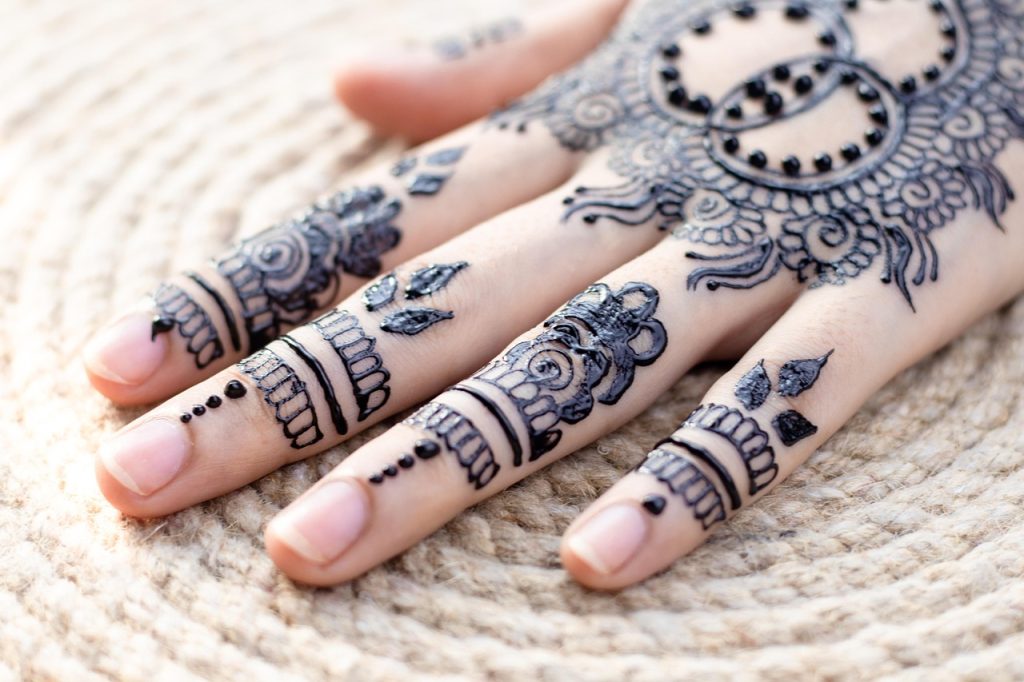The Significance of Full Mehndi Designs

Mehndi, or henna, has been an integral part of various cultures, especially in South Asia and the Middle East. A full mehndi design on the back hand serves not only as an adornment but also as a symbol of joy, celebration, and tradition. Traditionally, it is applied during weddings, festivals, and special occasions, transforming the hands into stunning artworks.
These intricate designs can embody various motifs such as florals, paisley patterns, and geometric shapes, each carrying its own meaning. For many, the application of mehndi is a festive ritual that brings friends and family together, making it a memorable experience.
How Long Does Mehndi Last on The Skin?
Full mehndi designs on the back hand typically last from one to three weeks, depending on the quality of henna used and aftercare. The vibrant stain lasts longer when exposed to body heat and kept moisturized. Avoiding water and scrubbing can also help in maintaining the design’s longevity.
Did You Know?
According to a study by the International Journal of Dermatology, applying henna in its natural form is safe for most people, with few reported allergic reactions.
Popular Designs for Full Mehndi on Back Hand

When it comes to full mehndi designs for the back hand, the options are endless. Some popular themes include:
- Floral Patterns: Blooming flowers gracefully sprawled across the hand.
- Geometric Shapes: Clean lines and shapes create a modern aesthetic.
- Traditional Motifs: Include intricate peacocks and mandalas that celebrate cultural heritage.
Each design tells a unique story, whether it’s about love, prosperity, or beauty. The choice of design often relates to personal preferences and cultural significance.
How Can I Choose the Right Mehndi Design for Me?
Choosing the right mehndi design involves considering personal taste and the occasion. Opt for complex patterns for formal events like weddings, while simpler designs may be suitable for smaller gatherings. Gather inspiration from online platforms or consult a professional to help guide your choice.
Expert Insight
Henna artist Neeta Sharma advises, “Select designs that resonate with you personally and reflect your style. A mehndi design is a piece of art—let it represent who you are.”
How to Care for Your Mehndi After Application

Caring for mehndi can significantly impact how it looks and lasts. Here are some practical tips:
- Avoid Water: Keep the design dry for the first 12 hours for the best stain.
- Mositurize: Apply natural oils to enhance the color.
- Limit Exposure: Avoid direct sunlight and harsh chemicals.
Following these steps will ensure that your mehndi remains radiant and beautiful for as long as possible.
Can I Remove Mehndi Earlier Than It Naturally Fades?
Yes, you can speed up the process of fading mehndi by using lemon juice or saltwater soaked cotton to scrub the design. However, this method can sometimes irritate your skin, so it’s essential to proceed with caution.
Industry Tip
Beauty expert Sophia Mehta states, “If you want that deep red stain, avoid scrubbing; rather, keep it warm and covered in the initial phase.”
Conclusion

Full mehndi designs on the back hand are not just a form of body art; they are a representation of deep cultural significance and individual expression. Whether you’re preparing for a special occasion or simply enjoying the beauty of mehndi, choosing the right design, caring for it properly, and understanding its roots enhances the experience.
Ready to explore more? Check out our collection of full mehndi design back hand patterns and find the perfect one for your next celebration!
